- BY DOG FIT by PreThis®
- POSTED IN News Magazine
- WITH 0 COMMENTS
- PERMALINK
- STANDARD POST TYPE
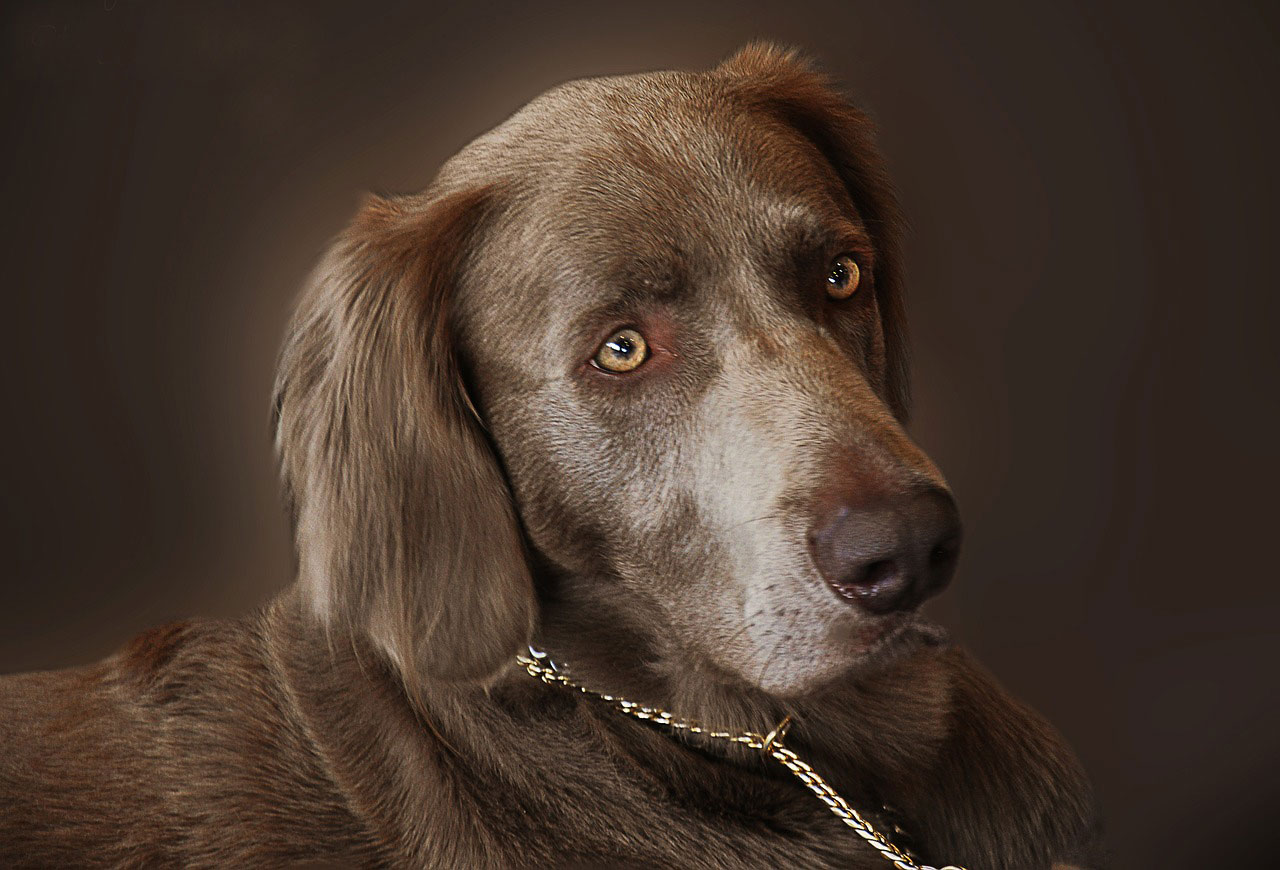
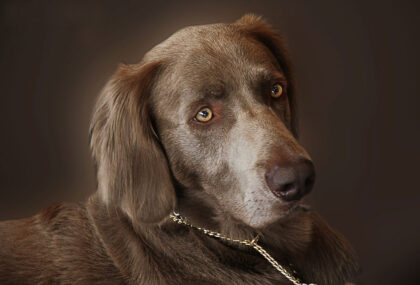 When it comes to the health of our beloved four-legged friends, it is important to be aware of various diseases and how they affect their well-being. One of these conditions that we can encounter is Radius Curvus Syndrome, also known as short ulna syndrome or carpus valgus. In this article, you will learn everything you need to know about this orthopaedic challenge, from causes and symptoms to treatment options.
When it comes to the health of our beloved four-legged friends, it is important to be aware of various diseases and how they affect their well-being. One of these conditions that we can encounter is Radius Curvus Syndrome, also known as short ulna syndrome or carpus valgus. In this article, you will learn everything you need to know about this orthopaedic challenge, from causes and symptoms to treatment options.





 Claws play an important role in a dog’s life. They are not only used for running, but also allow, for example, digging and scratching. But you can do a lot more, I’ll get to that in a moment. It is important to groom your dog’s nails regularly and trim them if necessary. In this article you will learn everything you need to know about clipping dogs’ nails, including instructions, tips and recommendations.
Claws play an important role in a dog’s life. They are not only used for running, but also allow, for example, digging and scratching. But you can do a lot more, I’ll get to that in a moment. It is important to groom your dog’s nails regularly and trim them if necessary. In this article you will learn everything you need to know about clipping dogs’ nails, including instructions, tips and recommendations.
 Itching in dogs can be a common and distressing problem. There are various causes of itching, from allergic reactions to parasitic infections. In this article you will learn more about the possible causes and what treatment options are available. We also go into the importance of nutrition, especially with regard to industrially produced dry food, which often contains undesirable ingredients and can cause itching and intolerance.
Itching in dogs can be a common and distressing problem. There are various causes of itching, from allergic reactions to parasitic infections. In this article you will learn more about the possible causes and what treatment options are available. We also go into the importance of nutrition, especially with regard to industrially produced dry food, which often contains undesirable ingredients and can cause itching and intolerance.
 If your dog is shaking (tremor), there can be various reasons. Tremors are involuntary muscle contractions, often triggered by nervousness, stress, fear, cold, injury, or pain. Sometimes, however, tremors can be a symptom of a serious medical condition that requires treatment. In this article we present some possible causes of tremors in dogs and give tips on how you can help your four-legged friend.
If your dog is shaking (tremor), there can be various reasons. Tremors are involuntary muscle contractions, often triggered by nervousness, stress, fear, cold, injury, or pain. Sometimes, however, tremors can be a symptom of a serious medical condition that requires treatment. In this article we present some possible causes of tremors in dogs and give tips on how you can help your four-legged friend.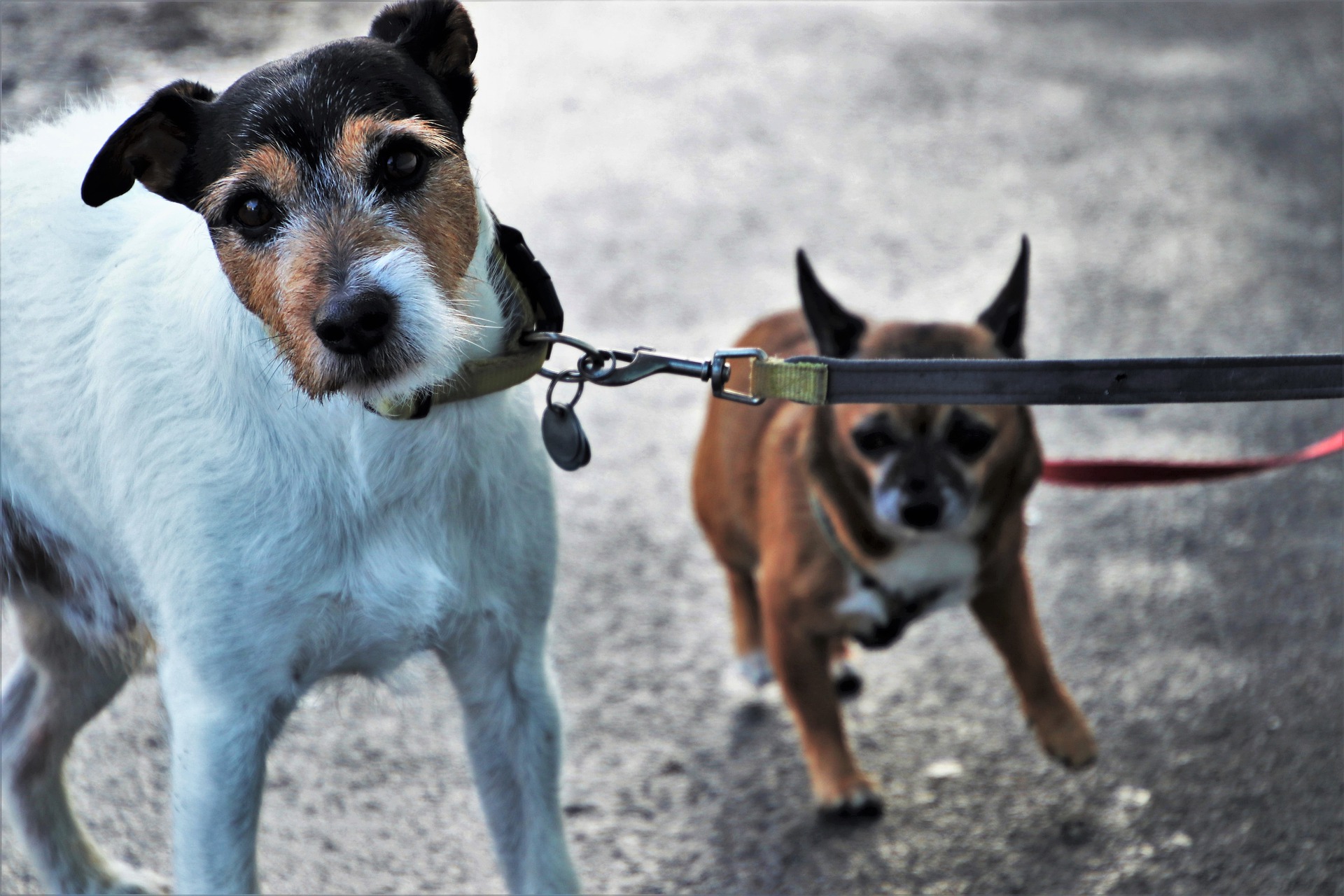
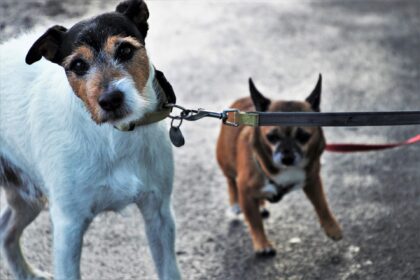 Love your dog but you’re sick of him pulling on the leash and dragging you everywhere? Are you wondering why he is doing this and how can you break him of the habit? Then you are right here. In this article you will learn what the most common causes of leash pulling are and how to train your dog to walk relaxedly at your side.
Love your dog but you’re sick of him pulling on the leash and dragging you everywhere? Are you wondering why he is doing this and how can you break him of the habit? Then you are right here. In this article you will learn what the most common causes of leash pulling are and how to train your dog to walk relaxedly at your side.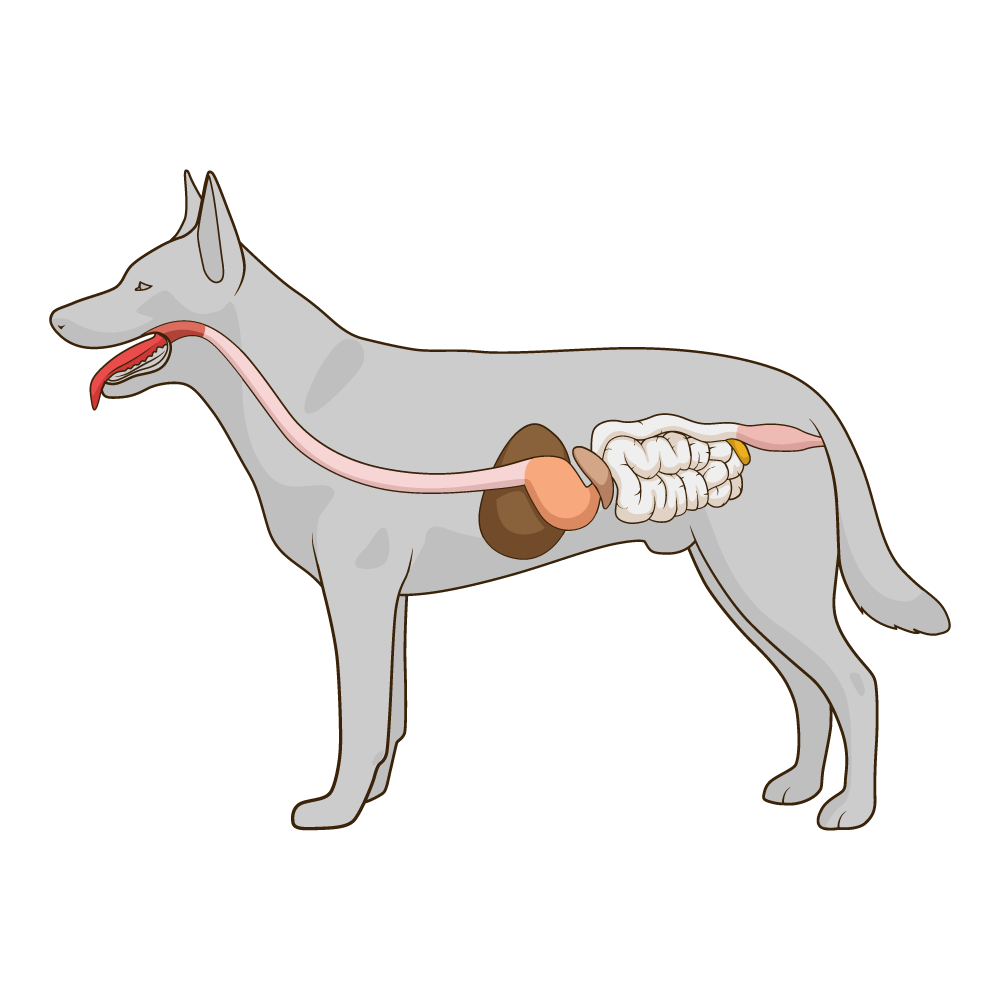
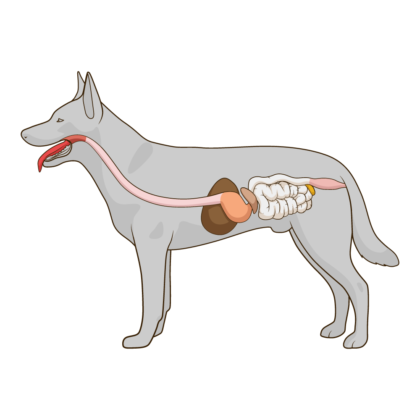 The term “Leaky Gut” refers to a disorder of the intestinal barrier where the permeability of the intestinal wall is increased. Normally, the intestinal wall is covered with a layer of cells that are closely packed together, forming a protective barrier.
The term “Leaky Gut” refers to a disorder of the intestinal barrier where the permeability of the intestinal wall is increased. Normally, the intestinal wall is covered with a layer of cells that are closely packed together, forming a protective barrier.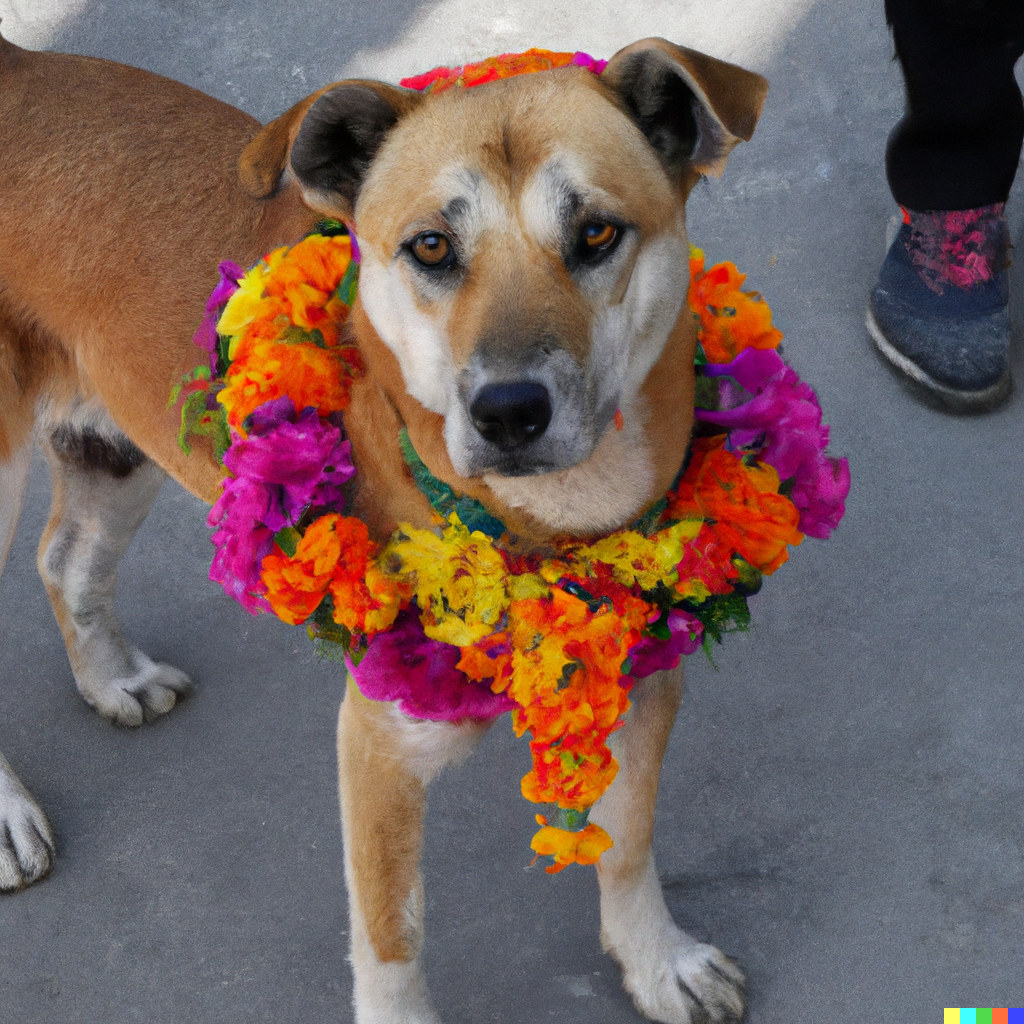
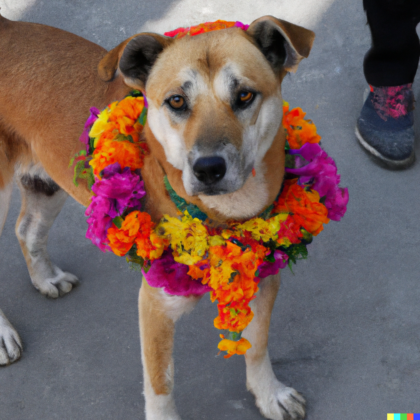 Kukur Tihar is a Nepalese festival celebrated in honour of dogs. It takes place every year in October or November and is an important part of Nepali culture. During the festival, dogs are honoured with flowers, tika (red colour) and delicacies such as milk, meat and rice. The festival lasts for five days and has a deeper meaning for the relationship between humans and dogs. Discover this wonderful festival with us.
Kukur Tihar is a Nepalese festival celebrated in honour of dogs. It takes place every year in October or November and is an important part of Nepali culture. During the festival, dogs are honoured with flowers, tika (red colour) and delicacies such as milk, meat and rice. The festival lasts for five days and has a deeper meaning for the relationship between humans and dogs. Discover this wonderful festival with us.
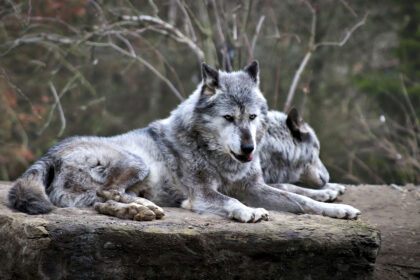 Considering that the dog is a direct descendant of the wolf, it may seem surprising how much the two species have diverged, at least visually, through breeding over the millennia. But still, many instincts, needs and nutrition (the difference in digestion between the dog and the wolf is only 1%) have remained. In this article we will explore the path of the wild wolf to the domestic dog as a companion for humans.
Considering that the dog is a direct descendant of the wolf, it may seem surprising how much the two species have diverged, at least visually, through breeding over the millennia. But still, many instincts, needs and nutrition (the difference in digestion between the dog and the wolf is only 1%) have remained. In this article we will explore the path of the wild wolf to the domestic dog as a companion for humans.